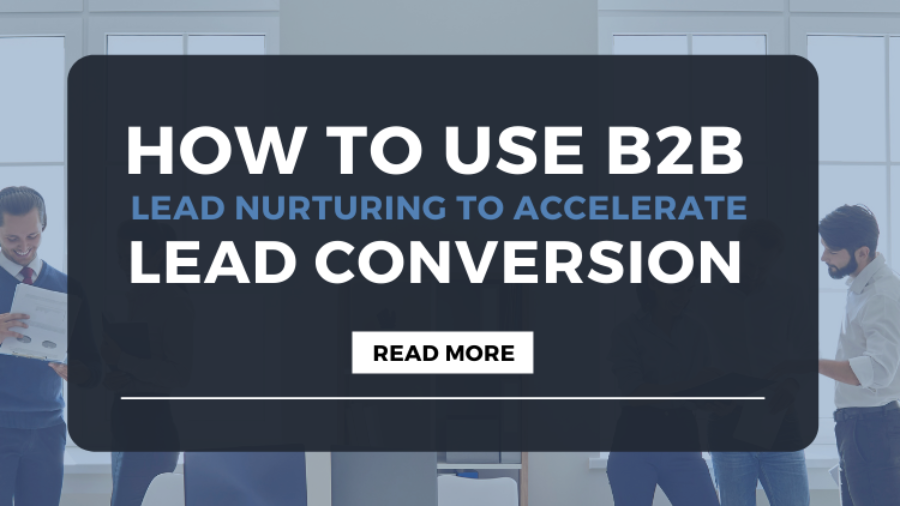Intent data can have a huge impact on your business. Before implementing intent data, marketers need to evaluate the need of intent data for their business and the best possible ways to adopt it.
Instead of rushing things, marketers can choose to go slow and take a step-by-step approach when integrating intent data into their marketing strategy.
Does your business need intent data?
The results most businesses get from intent data are incredible so every marketer today might want to integrate intent data into their marketing strategy. It’s quite easy to jump into it, however, marketers need to consider certain factors and take an informed decision about intent data.
Download our white paper on intent data here www.intellitechsoln.com/insights?type=whitepaper
What’s your intent?
First and foremost, before you plunge into intent data initiatives, you need to evaluate all the reasons as to why you would want to integrate intent data into your business. Without a solid plan, your intent data plans and strategy might most likely backfire, why? Because intent data needs to be a part of your overall marketing strategy! It needs to be an integral part of your sales and marketing initiatives and hence it needs to align with your business goals.
So first thing you need to evaluate is the need for intent data in your sales and marketing processes and whether it fits comfortably into your overall business plan. You also need to evaluate the results that you expect from this initiative and do you have the resources to pull it off. Once you have identified the purpose, the need of intent data and align it with your business goals then you can go ahead and build a smart strategy to implement it.
So how do you build the plan from ground up?
Once you have decided that your business needs intent data, you can start by listing out your sales and marketing processes that need intent data or can benefit from intent data. This will help you to get a clear idea of the need. Then compare the need with the larger business goals and objectives. A smart way of using or integrating intent data into your marketing plan is to start small. Instead of adopting it for the entire funnel, which eventually you will need to do; you can first take small steps while approaching intent data.
Take one step at a time:
Start small with some smaller projects or accounts that have the full support and resources to pull off new intent data initiatives. You will be surprised with how quickly you can get the results. This one-step-at-a-time approach will also give you and your team the confidence to pull off bigger intent stunts.
It will also give you the time to evaluate results and see the real need of intent data. It will also help you to decide which part of the funnel you need to focus on with intent at present. It will eventually help you to strategize intent data with better results each time.
Educate:
You may have seen the potential in intent data and after evaluating the above factors you have reached the conclusion of integrating it into your strategy but what about other functions across the organization? Do they have the same knowledge about its benefits and how it’s going to affect the overall business of the organization, most likely not!
So the earlier you educate and let the others know that you plan to bring on intent data into the sales and marketing processes its better. Just like data, the importance of intent data needs to be understood well by all functions in the organizations or at least by the ones that work closely with sales and marketing.
Once all the parameters that might get affected by intent data are taken care of start building the actual strategy. Since intent data can have an impact on various things in your funnel it’s important to recalibrate some of your basic strategies.
Conclusion:
Intent data can bring incredible results if you take it one step at a time and then gradually scale it up to align better with other strategies. So, all you need to do is first understand what is intent data, why is it needed and how can it be aligned with your business model. Depending on these factors, you can then start adopting it step by step and implementing it with a solid strategy for best results.




